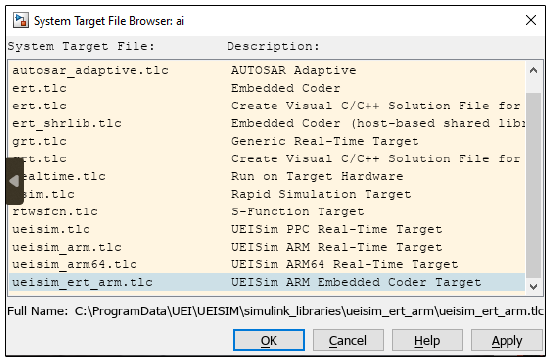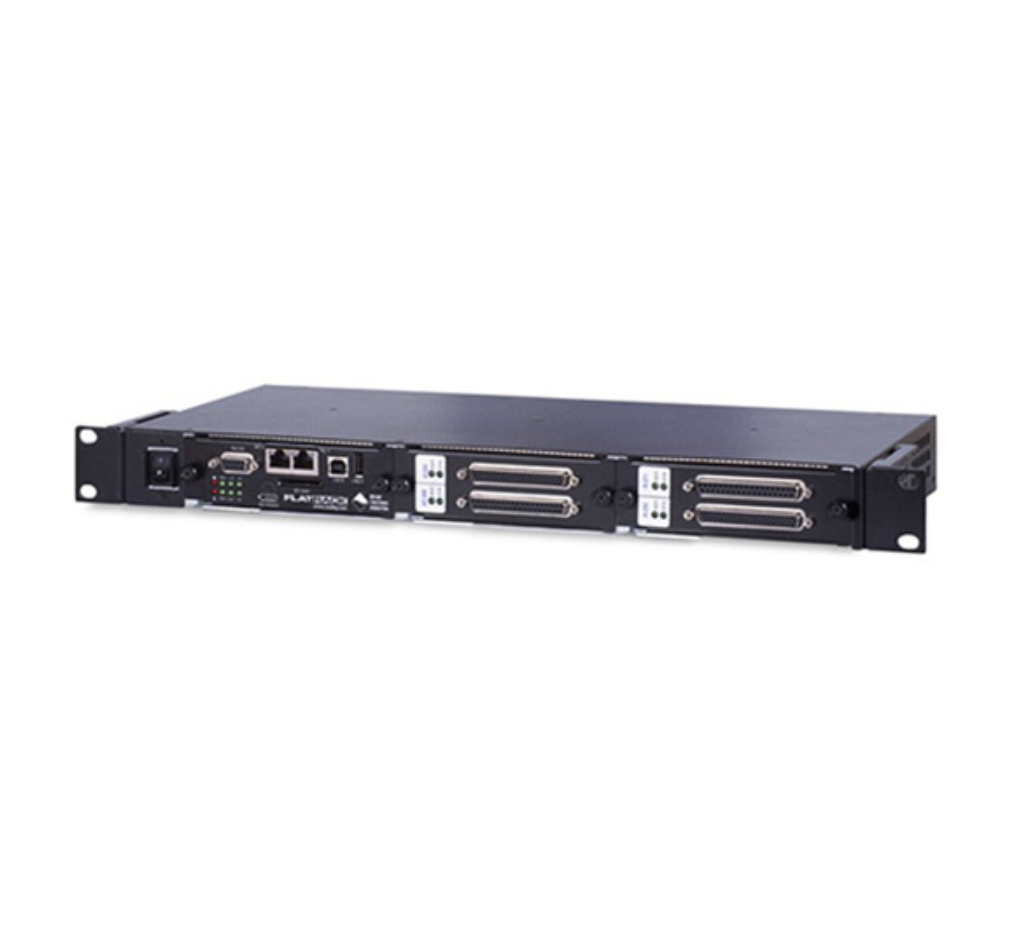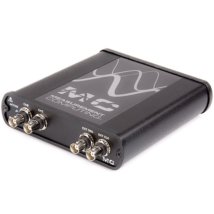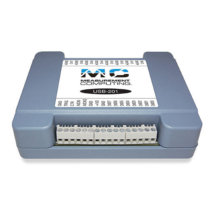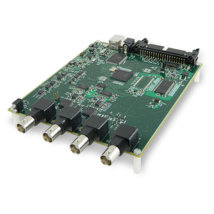| UEIPAC 400F-AC-CPU 8347 | UEIPAC chassis with 4 slots and 8347 CPU – Supports SSD and IEEE-1588 | |
| UEIPAC 400F-AC-CPU 8347E | UEIPAC chassis with 4 slots and 8347E CPU – Supports SSD, IEEE-1588 and 128 MB FLASH | |
| UEIPAC 400F-AC-CPU i.M6X SoloX option 1 | UEIPAC chassis with 4 slots and SoloX / i.MX6 CPU – Supports SSD, IEEE-1588, 1 GB RAM, 8 GB Flash | |
| UEIPAC 400F-AC-CPU i.M6X SoloX option 2 | UEIPAC chassis with 4 slots and SoloX / i.MX6 CPU – Supports SSD, IEEE-1588, HDMI interface, 1 GB RAM, 8 GB Flash | |
| UEIPAC 400F-AC-CPU Xilinx Zynq option 1 | UEIPAC chassis with 4 slots and Xilinx Zynq UltraScale+ SoC – Multicore ARM, ZU3EG Series (M.2 SLC support only) | |
| UEIPAC 400F-AC-CPU Xilinx Zynq option 2 | UEIPAC chassis with 4 slots and Xilinx Zynq UltraScale+ SoC – Multicore ARM, ZU4EV Series (M.2 SLC support only) |
UEIPAC-400F - GigE Real-Time, programmable automation controller (PAC) with 4 I/O slots
- Flexible. Select the I/O required to match your application
- Up to 150 analog or 288 digital I/O per PAC
- DC powered version available (see related products)
- Rugged: tested -40 to +70°C, 3g Vibration, 50g shock
- Standard rack-mountable 1U chassis: 6.0 x 1.75″ x 17.5″
- Extremely cost-effective
- Available in two power supply versions:
- AC (alternating current)
- DC (direct current, 9–36 VDC)
The UEIPAC 400F is a real-time, Linux-based programmable automation controller (PAC) in a compact 1U rackmountable format (6.0″ x 1.75″ x 17.5″). It offers exceptional flexibility with 4 I/O board slots, supporting up to 150 analog or 288 digital I/O channels per unit.
Available in two power supply versions :
-
AC (alternating current)
-
DC (direct current, 9–36 VDC)
Linux Deployment
Your application runs as a standard Linux process, giving you access to the POSIX API via the glibc library, as well as to any other libraries that can be compiled for Linux (e.g., libxml, libaudiofile, etc.).
The system is also compatible with the Linux_rt patch for real-time support.
To develop programs for the UEIPAC, the UEIPAC Linux TK development kit must be purchased. This kit includes everything needed to create applications for the UEIPAC. Only one kit is required, regardless of the number of deployed chassis.
The UEIPAC is a headless Linux-based embedded system, optimized for network connectivity, allowing the development of remote graphical user interfaces (HMI – Human Machine Interface).
VxWorks Deployments
You can now take advantage of all the hardware benefits of UEI’s UEIPAC chassis while continuing to develop your applications in VxWorks. This powerful combination offers:
-
Hard real-time performance
-
An extremely robust and reliable operating system
-
The ability to develop in a familiar environment
-
And most importantly, the ability to reuse a large portion of existing code
To deploy a VxWorks application on a UEIPAC, you will need:
-
A UEIPAC chassis (any version)
-
The UEIPAC VxW BSP (Board Support Package) – purchased once, regardless of the number of systems deployed
-
A VxWorks development environment (provided by Wind River)
-
A VxWorks runtime license for each deployed UEIPAC (also provided by Wind River)
MathWorks Embedded Coder® & UEI Solutions
MathWorks Embedded Coder® generates readable, compact, and efficient C and C++ code for embedded processors used in volume production.
Embedded Coder is available for use with UEIPAC and UEISIM systems.
The choice between Embedded Coder and Simulink Coder is made by selecting the appropriate System Target File, just as you would when targeting PowerPC, SoloX ARM, or Zynq UltraScale+ CPUs.
